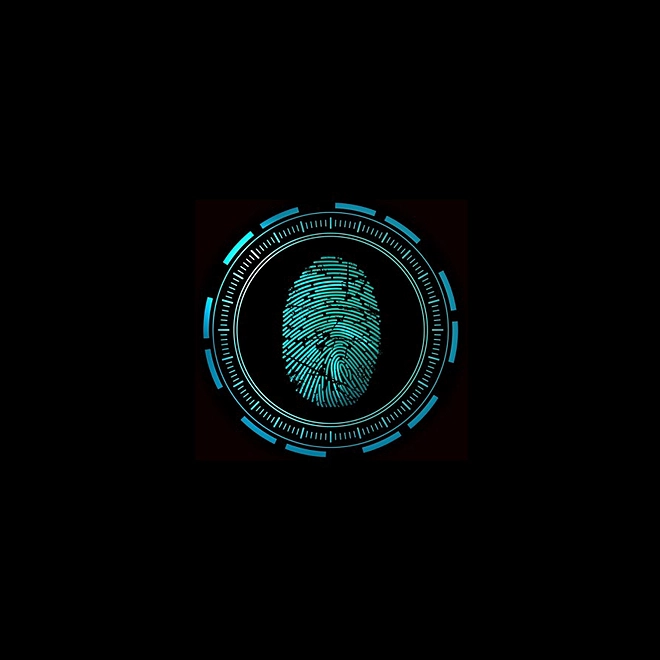Transforming government using cognitive technology
Government is often accused of being behind the curve when it comes to adopting new digital technology. Indeed the challenges of adopting existing technologies are well documented including the recent difficult transition to an eCensus in Australia.
Even outside of the public sector, Australia has been ranked as the worst prepared for the arrival of artificial intelligence (AI) (the underlying enabler of cognitive technologies).
The case is made for why the Australian Public Servants should consider cognitive technologies now as part of planning to improve service quality and efficiency, and to ultimately transform government. We reference Deloitte’s Tech Trends 2017 and Rewriting the rules for the Digital Age: Human Capital Trends 2017reports as well as providing examples to support this argument.
Cognitive technology is a form of exponential technology, and is centred on the ability for technology to emulate and augment the human brain. These technologies are shown in Figure 1:

Figure 1: Cognitive technologies
Machine learning refers to the ability of computer systems to improve through exposure to data, a step-up from rules-based systems.
Machine learning is already used to augments jobs, such as Call Centre Operators with chatbots which conduct a conversation and convincingly simulate human interactions. Parts of the Australian Government could be revolutionised as the power of machine learning goes mainstream. For example, the Australian Aged Care sector has recently started to introduce robotic assistant caregiver roles. The potential applications are only set to multiply as the technology becomes more accessible, with Deloitte predicting that more than a fifth of smartphones sold in 2017 will have on-board machine learning capability. This, coupled with the shift to Government service apps, could lead to a dramatic shift in the type of Government-Citizen interactions away from the workforce.
Robotic Process Automation (RPA) involves automating routine steps in a process. This has been applied to repeatable, time-consuming tasks at ANZ. A trial resulted in freeing up employees to focus on more complex tasks. RPA could improve the efficiency of back-end processes such as invoice processing and appointment booking across the Australian government services.
Machine intelligence is an emerging trend identified in the Deloitte 2017 Tech Trends report that combines machine learning, cognitive analytics, RPA and bots. Within a government setting this could be used to enhance citizen engagement, automate transactional workloads and increase workplace productivity.
Speech recognition involves converting the spoken word to text. This can then go through natural language processing in order to be understood by a computer. The Amazon Echo is a household voice assistant device currently using these technologies. Within the Australian Government, this technology could improve end-customer experience and encourage conformance. An example could be the device reminding (and even helping) to complete interactions such as tax returns. Call Centres and typed internet searches could be phased out.
Computer vision refers to the ability of computers to identify objects and activities in images. This has diverse applications from self-driving cars to face-recognition. While it is already being used in some Government services such as ePassports, the potential will only increase as the technology matures and is combined with adjacent trends. Combining computer vision with behavioural cues driven from machine learning is increasingly used to manage security and surveillance in public places.
Optimisation automates complex decisions, often involving limited resources. The Hong Kong subway system, for example, uses cognitive technologies to optimise the planning and scheduling of approximately 2,600 engineering activities, saving two days of planning per week while maintaining a 99.9% on-time record. Recent power shortages underscore the tangible potential application for network optimisation within Australia. Similarly, optimising increasingly complex traffic flows in urban centres will be pivotal in the coming decade.
The below potential organisational benefits of cognitive technologies include:
- Early detection (e.g. automated fraud detection and medical diagnoses planning and scheduling)
- Improved decision-making (e.g. optimised planning and scheduling)
- More accurate predictions (e.g. demand forecasting)
- Reduced costs due to increased efficiency and automation, especially for large scale processes (e.g. RPA)
- Improved use of human resources (e.g. towards more creative, challenging tasks)
Despite such benefits, however, as the Australian Government includes cognitive technologies in transformation plans, Public Servants should have these implementation considerations in mind:
Privacy & Security within cognitive technologies – these are expanding fields of complex process.
Customer benefits must be considered to ensure the focus is on enabling an improved customer journey, not only improving back-end efficiency in a Government setting.
Access to STEM talent with a rising demand for expertise in cognitive technologies.
Transitioning to a cognitive workforce including organisational re-design, recruitment practices, re-training of physical workers to work with cognitive workers and changes to the workplace to incorporate physical, virtual and augmented environments.
Due to the scale of operations and frequency of repeatable processes, the scope of benefits for the Australian public sector through implementing cognitive technologies is significant.
There is an opportunity now to consider how the Government can release earlier value from improved efficiency, enhanced citizen experiences as well as reducing costs through using cognitive technologies and incorporating them within transformation projects.



